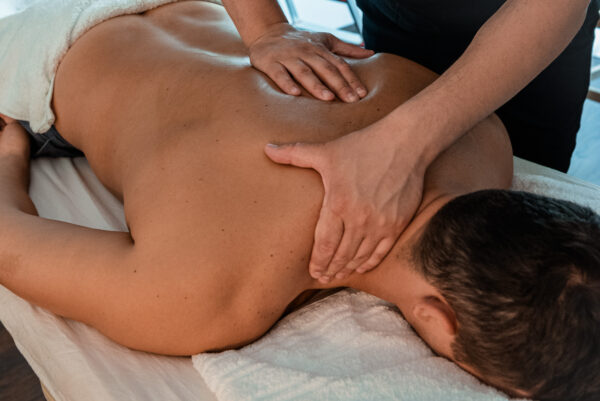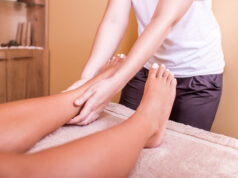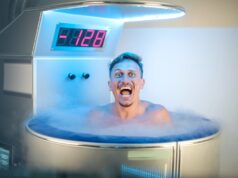Performing arts demand not only extraordinary talent but also enduring physical stamina. After a grueling rehearsal or an electrifying performance, the body craves relief from tension and fatigue.
Enter the transformative duo of massage and music—two powerful allies that can rejuvenate the body and spirit alike. As you explore the intersection of rhythm and touch, you’ll discover how these techniques can not only release muscle strain but also create a harmonious balance of relaxation and inspiration.
In this article, we will delve into practical muscle recovery tips, showcasing how performers can leverage the soothing abilities of massage and the uplifting effects of music to combat stress and enhance their artistry. Whether you’re a dancer pirouetting through a demanding routine or a musician pushing through hours of practice, the path to recovery is enriched by understanding the profound connections between our bodies and the rhythms we embrace.
Let’s embark on this journey to restore your vitality and elevate your performance!
The Role of Massage in Muscle Recovery

Massage plays a pivotal role in muscle recovery, acting as both a restorative and preventive practice for performers. This ancient technique intricately weaves through the fabric of physical therapy, offering profound effects on muscle health.
As tension eases beneath skilled hands, blood circulation improves, delivering essential nutrients and oxygen while flushing out toxins that accumulate during strenuous activity. Imagine the deep knots, the tender spots slowly relinquishing their hold – it’s not just relaxation; it’s a rejuvenation of the very tissues that propel a performer’s art.
Moreover, the rhythmic nature of massage mirrors the cadence of music, creating a harmonious interplay that reinforces mental clarity and emotional well-being. In this symbiotic relationship between movement and music, massage emerges not merely as a luxury, but as an essential practice in the toolkit of every dedicated performer.
The Power of Music in Stress Relief and Recovery
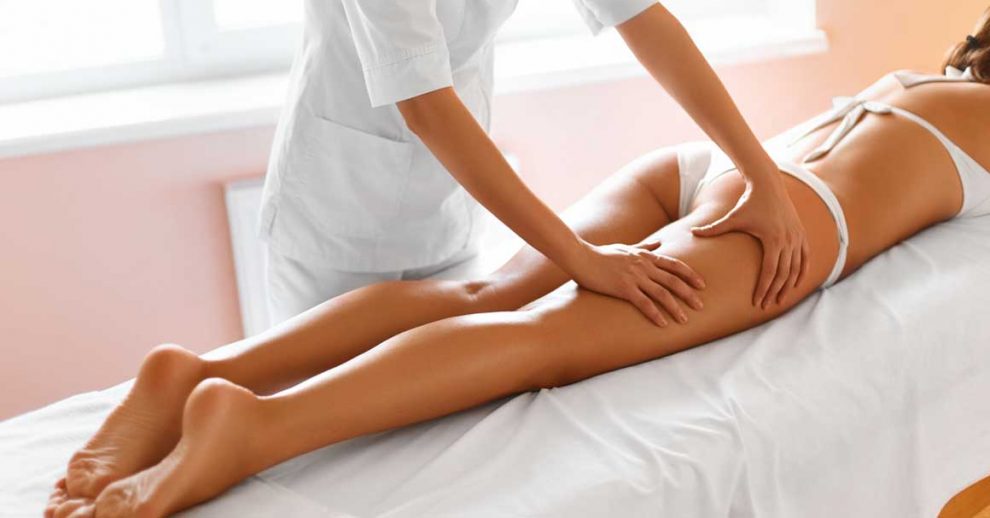
Music wields a remarkable power in easing stress and fostering recovery, serving as a vital ally for performers looking to rejuvenate their bodies and minds. The uplifting rhythms and soothing melodies can shift our mood, elevating us from the depths of fatigue to the heights of inspiration.
As notes cascade through the air, they can drown out intrusive thoughts, creating a serene mental landscape that promotes relaxation. The physiological effects are equally profound; music has been shown to lower cortisol levels, our body’s stress hormone, while simultaneously encouraging the release of dopamine, known for its mood-enhancing properties.
Picture a dancer, muscles aching and mind racing, who finds solace in a gentle piano sonata. With each fading chord, tension dissipates and clarity emerges, illustrating how an effective playlist can be as crucial to recovery as any physical treatment.
In this way, music becomes not just background noise but a dynamic tool for recovery, harmonizing the journey back to peak performance.
Practical Recovery Tips for Performers
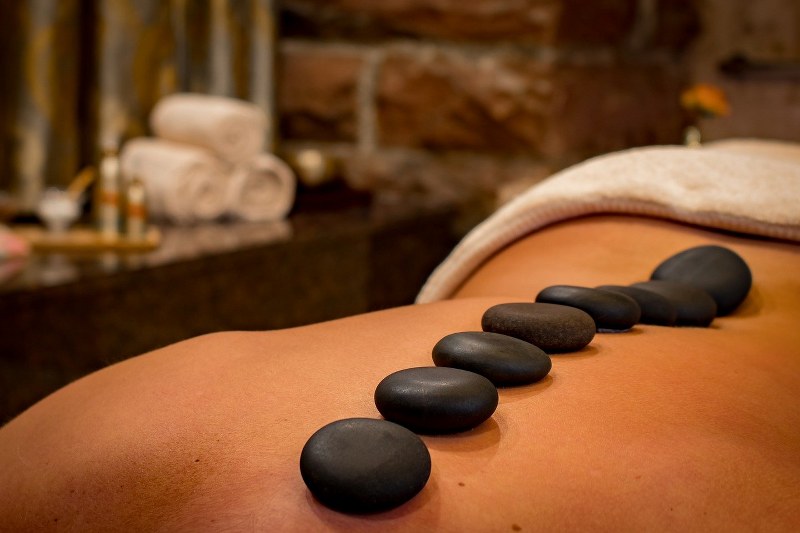
For performers seeking effective ways to recover and rejuvenate, integrating targeted massage and the power of music into your routine can yield remarkable benefits. Consider scheduling regular massage sessions, focusing on areas that carry the weight of performance—shoulders, back, and legs often harbor tension and fatigue.
Coupled with this physical therapy, create personalized playlists that resonate with your emotions; the right tunes can soothe your mind and elevate your spirit, creating a harmonious balance between body and soul. Short breathing exercises during these sessions can enhance relaxation, allowing stress to ebb away.
Conversely, don’t underestimate the importance of active recovery; gentle movement, such as stretching or yoga, can also work wonders. Remember, nurturing your body isn’t just a luxury—its an essential practice that empowers you to shine brighter on stage.
Conclusion
In conclusion, prioritizing muscle recovery is essential for performers seeking to enhance their performance while minimizing stress and injury. Techniques such as massage and music play pivotal roles in this process, with modalities like 스웨디시 massage offering profound relaxation and soothing relief to tense muscles. By integrating these recovery methods into their routine, performers can not only rejuvenate their bodies but also foster a healthier mental state, allowing for greater focus and creativity in their craft.
Embracing these holistic approaches will undoubtedly lead to improved resilience and longevity in their artistic pursuits.

